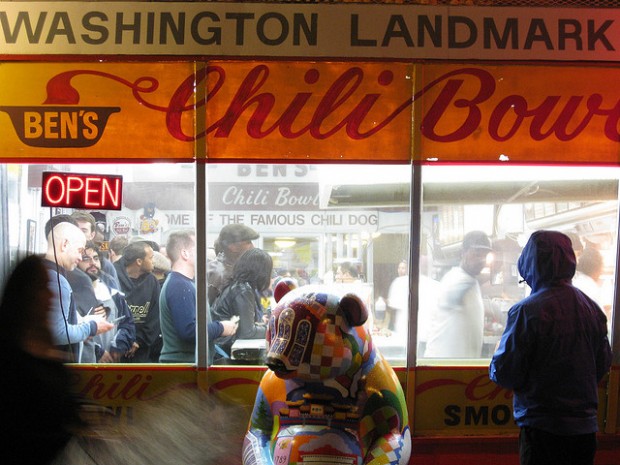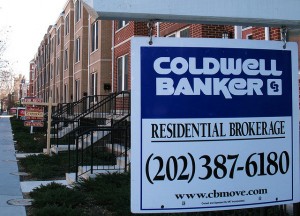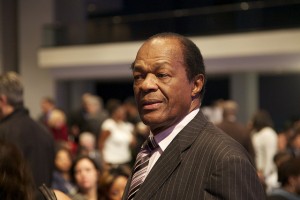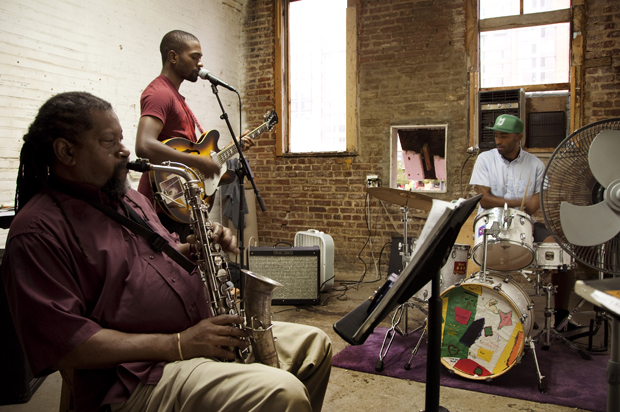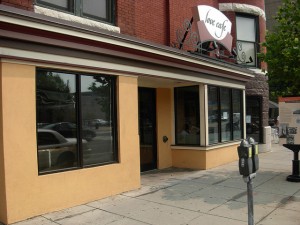
Michael Feagans / Flickr
Love Cafe is closing on Jan. 29 after nine years on U Street.
Businesses move to transitional neighborhoods because space is cheap and there’s potential for future growth. But sometimes the economic success of these neighborhoods leads to the demise of the early gentrifiers.
Love Cafe opened at 15th and U Street, NW in 2003, two years before Busboys and Poets moved into the corridor and signaled rapid change in the community. This week, Love Cafe owner Warren Brown announced he’s closing Jan. 29 because rent has gotten too high. H Street Playhouse on H Street, NE is closing moving after it opened along the corridor in 2002, ahead of the trendy bars, restaurants and high rents.
Of course, some businesses that moved into neighborhoods at the beginning stages of gentrification do remain. They could be at an advantage because they got their feet in the door early. But gentrification happens in stages, and just like the longtime businesses that successfully weather gentrification, newer businesses also have to keep adapting to neighborhood changes in order to survive.







